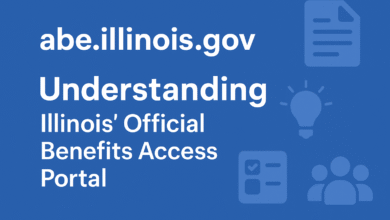Consumers May Face ‘Reckoning’ As Inflation’s Descent Slows

Inflation is falling too slowly to silence talk of a recession in the coming months.
The Consumer Price Index jumped 0.5% in January, its highest increase in three months, driven largely by housing costs, the Bureau of Labor Statistics said Tuesday.1
That brought the index 6.4% higher than it was in January 2022, only slightly down from the 6.5% annual increase seen in December.
The glacial pace of the retreat was a discouraging setback compared to the significant cooling that happened in November and December, economists said. January’s inflation rate was well above the Federal Reserve’s 2% target, prompting one expert to wonder if the recent progress was something of a mirage.
“Inflation is getting worse,” said Jason Furman, a professor of economics at Harvard and former top economic advisor to President Barack Obama, in an interview with the Brookings Institution hosted on Twitter. “It turns out some of that improvement was either illusory because it was related to seasonal factors which have since been changed, or improvements themselves were transitory.”
Higher inflation leaves the Federal Reserve poised to crack down harder by raising its benchmark interest rate more aggressively in the coming months. Market watchers are nearly certain there will be a 0.25% rate hike at the Federal Open Market Committee’s next meeting in March, and economists think another hike is likely in May.2
The Fed’s anti-inflation strategy is meant to raise borrowing costs and slow the economy to the point where people cut back on spending, so that supply and demand have a chance to rebalance. Some economists predict the Fed’s campaign will drag the economy into a recession this year, and the latest report gave more ammunition to that theory.
These economic currents have left household budgets caught in a vise between rising prices, higher borrowing costs, and less spending power. Wage hikes haven’t been keeping up with price increases despite a labor market that remains tilted in favor of workers, with the unemployment hitting a half-century low of 3.4% in January.
One widely held theory is that subduing inflation will require the Fed to keep raising interest rates until companies begin to lay off workers, causing more people to cut back on spending because they’re unemployed.
“We can’t sustainably stay at an unemployment rate of 3.5% and have stable inflation,” said Wendy Edelberg, a senior fellow at the Brookings Institution, in the interview with Furman. “The labor market is going to have to slow from this pace.”
To be sure, there are forces likely to put downward pressure on inflation in the coming months regardless of whether joblessness increases. Almost half of the monthly increase in consumer prices came from housing, and measures outside of the Consumer Price Index show that both home prices and rent have been falling.1 Because market movements take a long time to impact the CPI, decreasing housing costs could push the price index down in future reports.
Still, inflation isn’t falling fast enough to prevent U.S. consumers from facing some tough decisions in the near future, PNC senior economist Kurt Rankin wrote in a commentary.
“Consumers will eventually face a reckoning that income growth hasn’t kept pace with inflation,” Rankin wrote. “Newly accumulated debt and eventually diminished savings will have introduced a shortfall in spending capacity.”
Stocks initially fell on the worse-than-expected inflation report but rebounded later in the day.
Correction–Feb. 14, 2023: A previous version of this article incorrectly cited the month in which CPI was 6.5% annually.



